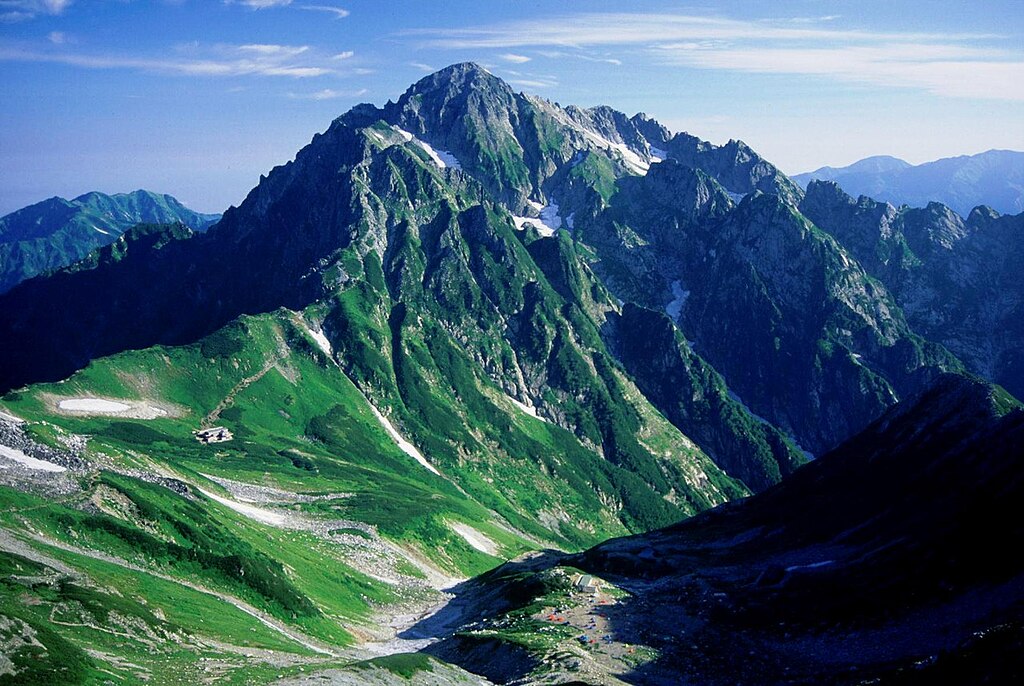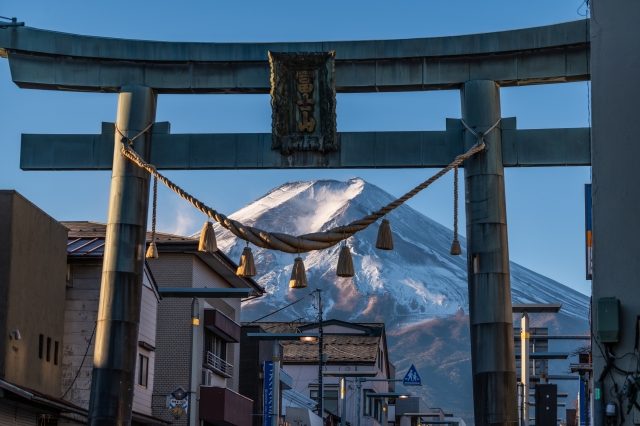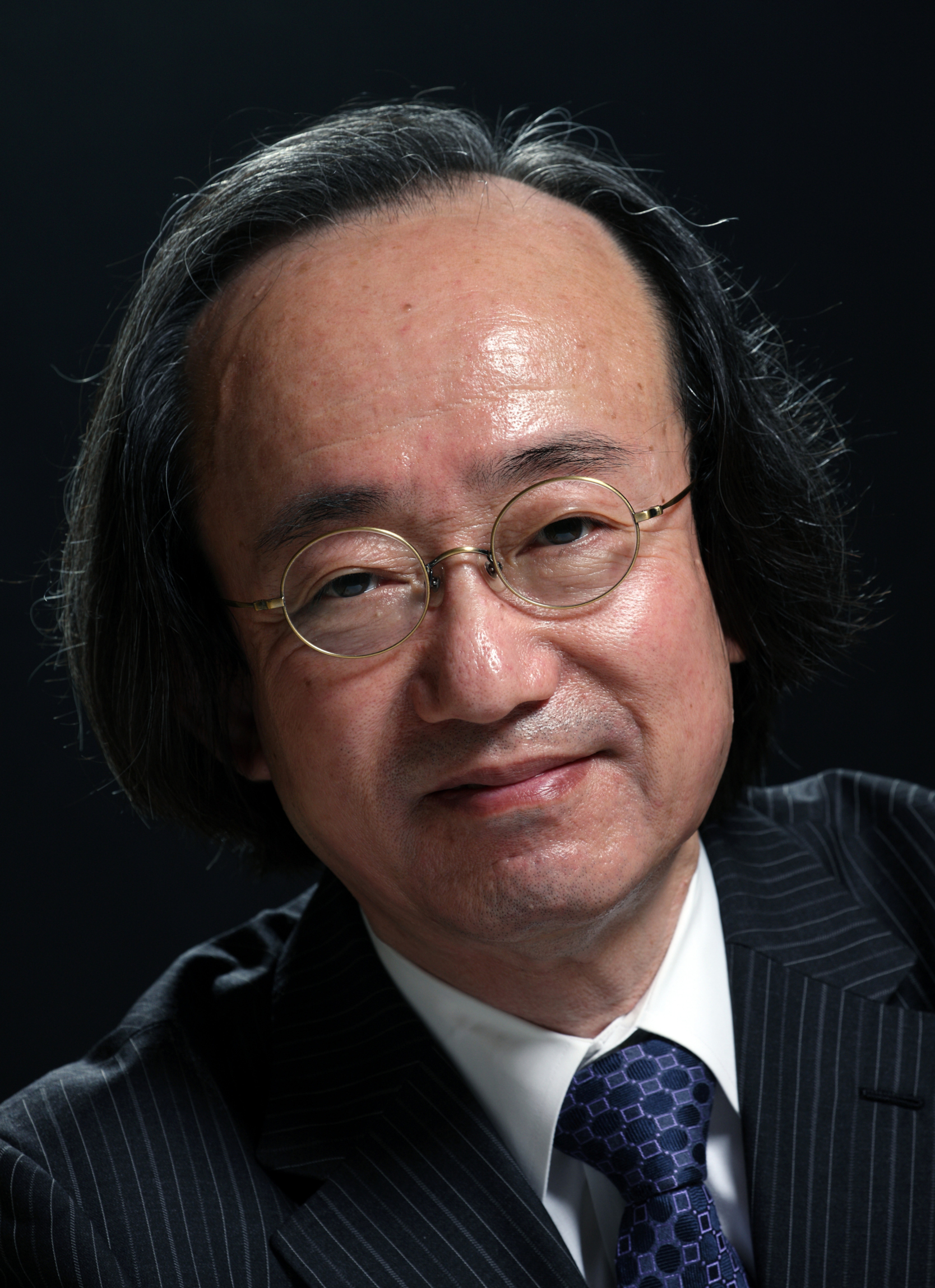Born in 1953 in Kanagawa Prefecture. Ph.D. from the University of Tsukuba. Specialized in religious studies (Japanese and Tibetan esoteric Buddhism). His research focuses on the transformation of mind and body during ascetic practice and iconography. His major publications include “Introduction to Buddhism for Monks,” “An Introduction to Buddhism You Don’t Know,” “Modern Japanese Translation of the Lotus Sutra,” “Modern Japanese Translation of Nichiren’s Rissho Ankoku Ron,” “Rekyo! Japanese Buddhism,” “Coloring Mandala,” “Modern Japanese Translation of Kukai’s Secret Key,” “[Modern Japanese Translation of] Jodo Sanbu-kyo,” and “[Modern Japanese Translation of] Nichiren’s Kanshin Honzon-sho” (all from Shunju-sha), “Esoteric Buddhism,” “Detailed Description: A Book to Understand 13 Japanese Buddhist Sects” (all from Kodansha), “What is Mandala” (NHK Publications), and many others.
Alpinism in Japan started about 100 years ago.
Mountaineering in Japan today has become modern mountaineering (alpinism), which has nothing to do with religion (faith) and is purely about mountaineering itself.
This type of mountaineering is attributed in Europe to Petrarch (1304-1374), a great poet and a great thinker active in Italy in the 14th century.
It was not until 1789 that the Japanese were able to freely climb mountains, and the ban was lifted as one of the pilgrimages to temples and shrines. Mountain climbing for the purpose of sightseeing became a nationwide boom. However, it was not enough to say that the Japanese had completely severed ties with religion at that time.
The first time mountain climbing was completely divorced from religion in Japan was in July 1860, when Sir Rutherford Allcock (1809-1897), the first British consul general in Japan, climbed Mt.
Fuji. Later, Japanese people began to actively climb the mountain as part of surveying and school education, but it was not until after 1912 (Taisho era) that modern mountaineering took root among the entire nation. Conversely, before modern mountaineering began, mountaineering was deeply connected to religion.
Sacred Mountains” as objects of mountain worship
There are mountains called “sacred mountains” throughout the Japanese archipelago. They are called sacred mountains because climbing them is considered to have religious significance. These mountains are the object of so-called “mountain worship.
Fuji (3,776 m, Shizuoka/Yamanashi Prefecture), Hakusan (2,702 m, Ishikawa/Gifu Prefecture), and Tateyama (3,015 m, Toyama Prefecture), the “three sacred mountains.
Tateyama was founded in 701 A.D. by a man named “Saeki no Ariyori,” while Hakusan was founded in 717 A.D. by a monk named “Taicho. Fuji is described in detail in the “Mt. Fuji Ki” written by Miyako Shika (834-879), a literary figure active in the early Heian period (794-1185), and it is possible that this person climbed the mountain.
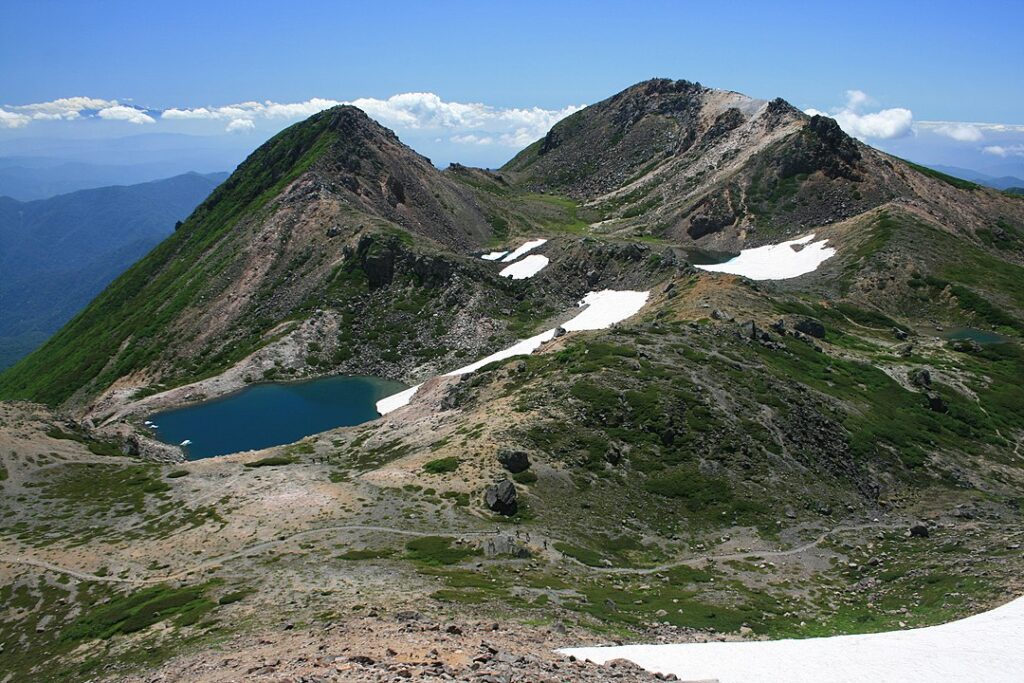
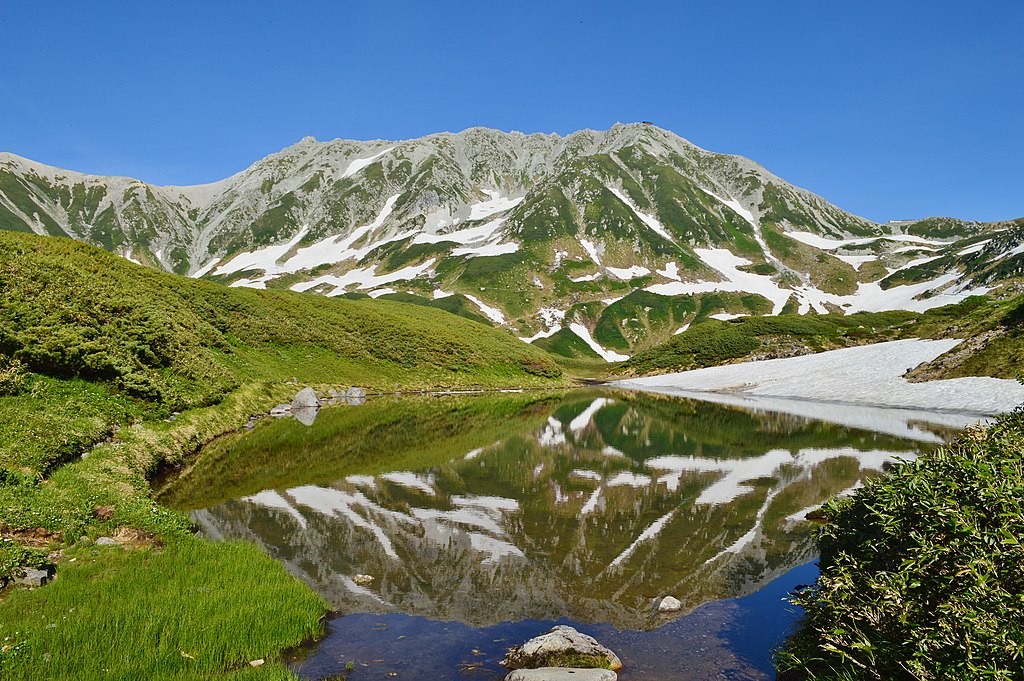
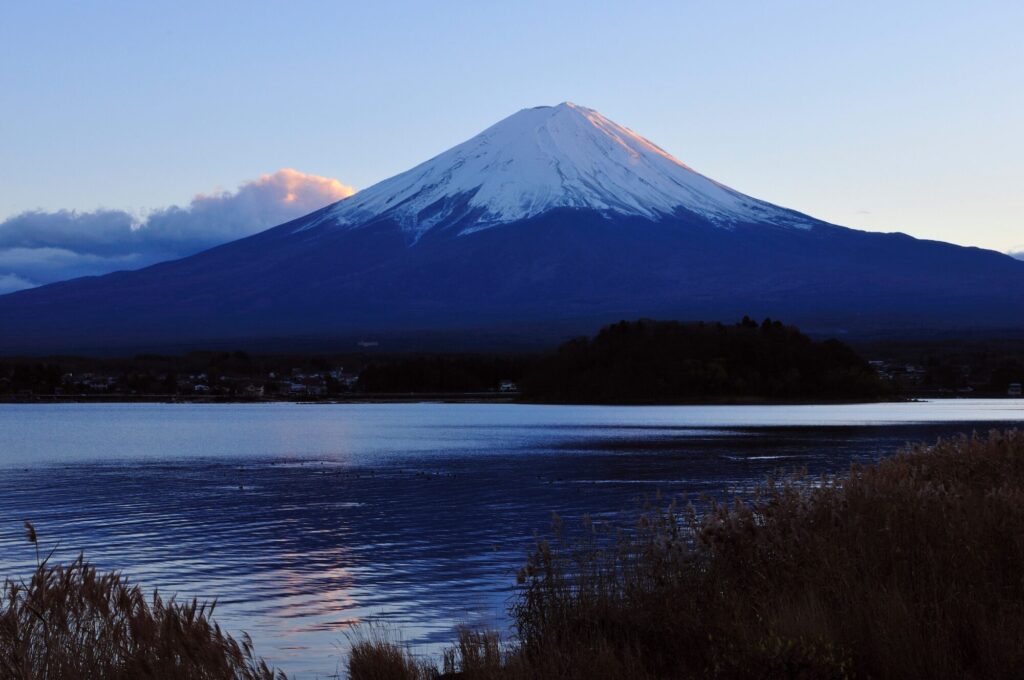
The “Seven Great Spiritual Mountains” include the three great spiritual mountains Omine (1719m, Nara Prefecture), Shakagatake (1799m, Nara Prefecture), Daisen (1729m, Tottori Prefecture), and Ishizuchi (1982m, Ehime Prefecture). Gassan (1984m, Yamagata Prefecture), Ontake (3067m, Gifu/Nagano Prefectures), and Kenzan (1955m, Tokushima Prefecture) also have histories worthy of the name of sacred mountains.
These mountains are at least 2,000 m above sea level and can be called alpine mountains.
On the other hand, Koyasan (800-1000 m, Wakayama Prefecture), Hieizan (848 m, Shiga/Kyoto Prefecture), and Osorezan (878 m, Aomori Prefecture), although not so high, are called sacred mountains because of their religious importance.
Another sacred mountain is Tsurugidake (2999 m, Toyama Prefecture).
This sacred mountain is still considered “the most dangerous mountain for ordinary climbers” in Japan, and was believed to be unexplored until the first successful ascent for land surveying in 1907. However, the discovery of a “staff carried by a tin priest” and an iron sword from the 700s A.D. on the summit of the mountain revealed that the mountain had been climbed for religious purposes as far back as 1,200 years ago.
